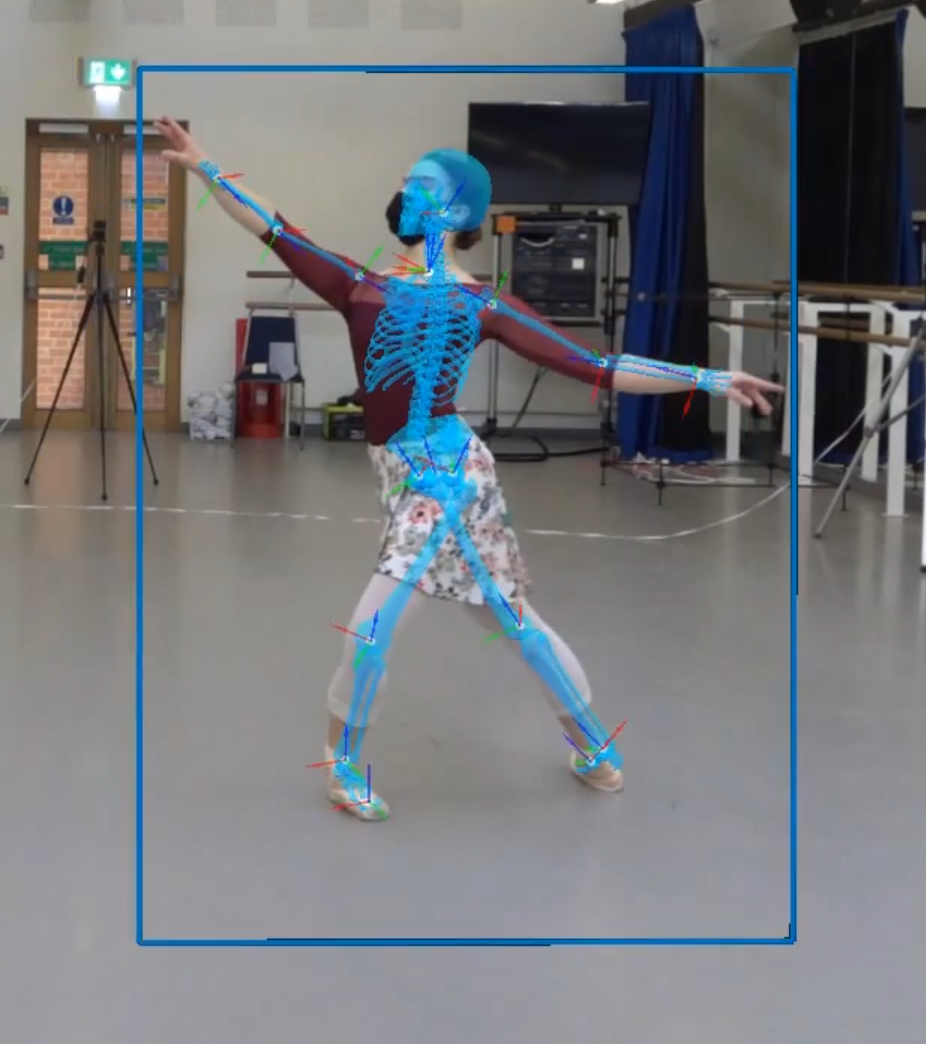Case Study
Scottish Ballet

Partners
Glasgow School of Art
Sectors
Creative Industries
Regions
Glasgow & Clyde Valley
Scottish Ballet is Scotland’s national dance company and one of five national performing companies in Scotland. It is a registered charity, employing 36 professional dancers, a dedicated support staff, and a freelance orchestra of up to 70 musicians.
The mission of Scottish Ballet is to produce world-class dance and learning opportunities designed to engage and excite diverse audiences in Scotland, the UK and internationally. This is achieved by presenting modern work and unique interpretations of the classics, making them relevant to audiences today. In support of this, Scottish Ballet designs and creates costumes, sets and unique dance environments, together with a focus upon education initiatives centered around dance.
Challenge
Widening access to the arts is both a national priority and a challenge and capable of being addressed by employing novel applications of technology and “new to the field” innovations. The company approached Interface to establish a collaboration to evaluate the potential of using augmented reality in a dance context. This innovative project combines dance with novel technological approaches to choreograph, produce and capture in 3D a “movie” of bespoke dance sequences to widen public dissemination and participation in the arts.
Solution
A pilot project with the renowned Digital Design Studio (DDS) at Glasgow School of Art was brokered which sought to demonstrate that the use of visualisation and presentation technologies can enthuse existing and new audiences to engage with the arts. The core aim of the collaborative project is to create a high definition film which will show dancers in a short choreography, mixed in with the motion capture data “vapour trail”. This initial project tested the idea in the promotion of Scottish Ballet’s input to the 2013 Edinburgh International Festival.
Outcome
The collaboration and product development journey jointly taken by the partners has resulted in a better mutual understanding of each other’s area of expertise and has opened wider dialogue around future collaborations of this nature. The production of the unique HD film has allowed dance to be viewed in a novel way, creating a new method through which wider audiences can engage with the arts. The impact for DDS is that it now has a potential new market within which to develop new techniques and products, for example, to use its expertise to promote the visual and acoustic arts. This is likely to lead to new project with Scottish Ballet and others including ventures into data capture and live streaming of events. For Scottish Ballet, the main impact relates to the development of a novel way to showcase their performances, reach new audiences and explore further new ways to use interactive digital technologies to supplement traditional promotional methods.


